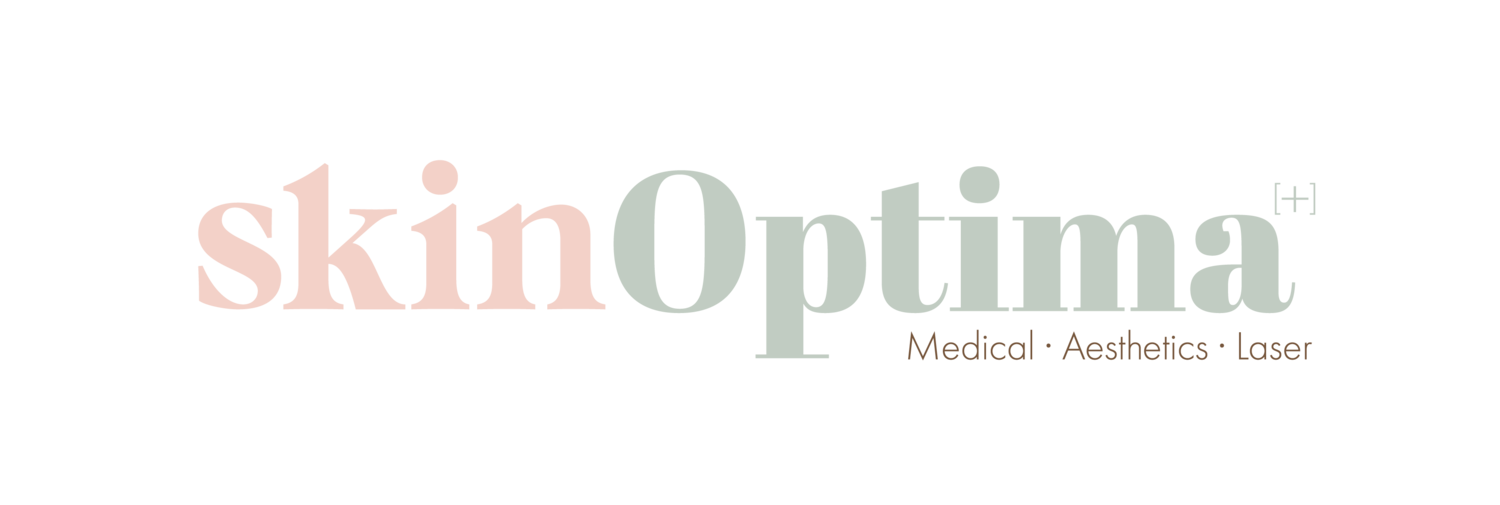Blog
Freckles or warts?
Have you noticed little raised bumps on your face that are slightly brownish that don't seem to get better even with laser treatments for pigments or skin whitening agents?
It could be a case of plane warts.
Plane warts are caused by the Human Papilloma Virus (HPV) and although benign, are contagious. They can spread from one person to another or to different body parts through coming into direct contact with the wart or objects that have touched the wart.
One effective treatment option is removal of the warts using a carbon dioxide laser. Through heat energy, this destroys the wart and HPV virus causing it.
If this sounds like you, book in for a doctor’s assessment and proper diagnosis.
Other services What are keloids and hypertrophic scars?
Both are raised and thickened scar tissue that form after a wound heals. Hypertrophic scars are confined to the original damaged skin and usually develop within weeks of injury whereas keloids can grow well beyond the original area of skin damage and can develop up to 1 year after the initial injury. The exact cause for keloids is unknown but they are more common on the chest, back, shoulders and earlobes. Sometimes something as little as a pimple can result in keloid formation.
When our skin is damaged, new collagen is formed to heal it resulting in a scar. Usually over time the scar becomes flat and less red, but the final appearance of a scar can depend on many factors. We can try to diminish the appearance of scars in the initial phase through proper wound care, scar massage and silicone gels or pads.
For hypertrophic and keloid scars, corticosteroid injections into the scar tissue are a treatment option which can help to soften the scar tissue. This alleviates symptoms of pain and itching and with repeated injections can often help flatten the scar. Surgical scar revision is also an option when non-surgical methods are ineffective.
Consult a doctor for a better understanding of the treatment options for any scars that you may have.
Medical Aesthetics Appearance of ‘holes and depressions after acne?
Acne scars are a result of an inflammatory reaction caused by acne, which damages the skin tissues. Bacterial infection and hand squeezing can worsen the inflammatory reaction, forming atrophic or hypertrophic scars. When the body produces insufficient collagen to repair the skin, atrophic acne scars are formed which appear as indentations in the skin.
The formation of acne scars occur in roughly 3 stages:
1) Inflamed acne
2) Post-inflammatory erythema or hyperpigmentation
3) White/depressed scars
Early treatment of acne and acne scars can greatly reduce the risk of scar formation.
There are many ways to treat acne and post-inflammatory erythema/hyperpigmentation, such as oral medications, topical ointments, light therapy and lasers.
When the atrophic acne scars are formed, various collagen-stimulating treatments can be carried out to diminish their appearance. These include microneedling, microdermabrasion, chemical peels and laser treatments. Some individuals may require surgical excision of lesions.
Remember, prevention is key when it comes to acne scars so remember to seek early treatment with a doctor for any acne you may be suffering from. And if you already suffer from acne scarring, options are available to diminish their appearance, consult a doctor for details.
Rosacea
Rosacea is a skin condition that presents with facial redness and easy facial flushing mainly over the cheeks, forehead and chin. Many will have sensitive skin resulting in burning, stinging or itching sensations.
Rosacea can have four main presentations:
1.Erythematotelangiectatic Rosacea - mainly facial redness, flushing and small blood capillaries
2. Papulopustular (Acne) Rosacea - presents as papules and pustules which sometimes resembles acne however, Rosacea patients do not present with the comedones seen in acne.
3. Phymatous Rosacea - Thickening of the skin, usually around the nose, resulting in rough, bumpy and enlarged appearance
4. Ocular Rosacea - Rosacea can affect the eyes causing redness both inside and surrounding the eyes. It can also cause dry eyes and eye sensitivity.
There are different treatment options available for the different symptoms of Rosacea. For redness and flushing some topical creams are able to provide short-term relief. IPL and lasers are also able to help treat facial redness and telengectasia. For papulopustular type topical treatments topical creams or oral antibiotics can be used. With phymatous changes, ablative lasers or surgery may be required to improve the appearance.
It is also important to avoid common triggers of Rosacea such as UV rays, spicy foods, alcohol and remember to always wear sunscreen. Keeping healthy and getting adequate rest may also help improve symptoms. When choosing skincare products, we would need careful selection to avoid harsh ingredients which can cause sensitivity.
Please consult a doctor if you think you have Rosacea so that proper treatment can be selected!
Follow our journey.
16B, The Mangan,
18 Cameron Road, Tsim Sha Tsui,
Kowloon, Hong Kong
尖沙咀 金馬倫道18號
萬勤商業大廈
16樓B室
-
+852 2669 8328 · WhatsApp 6871 9130









